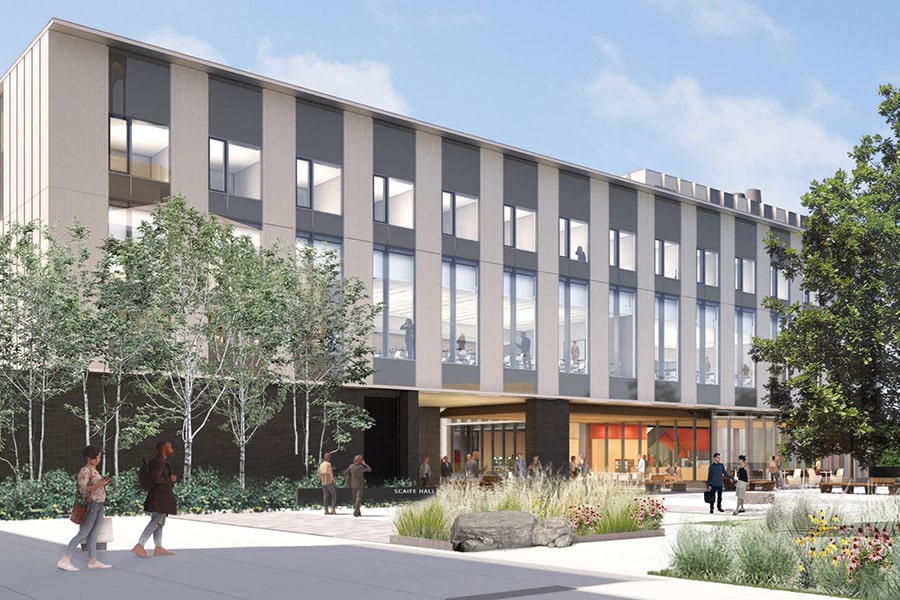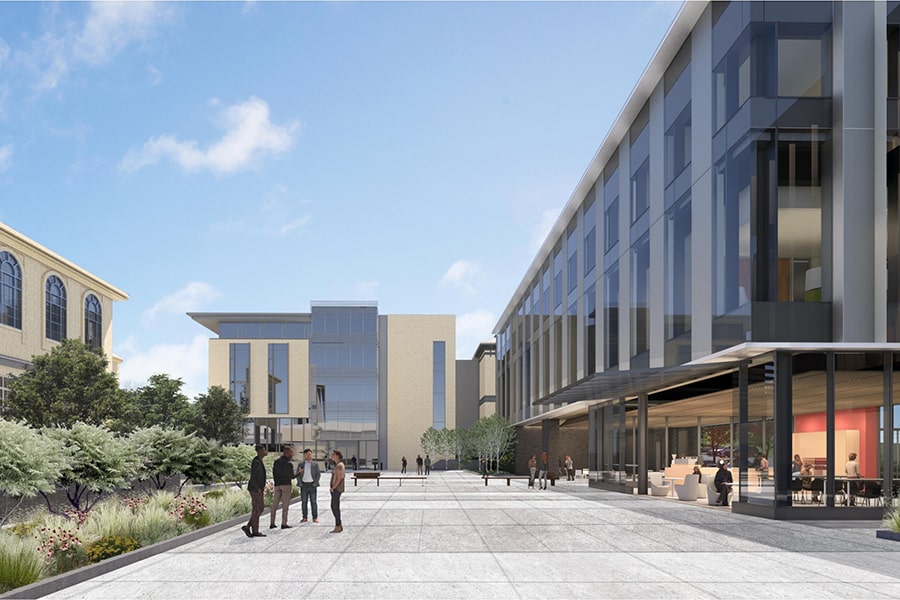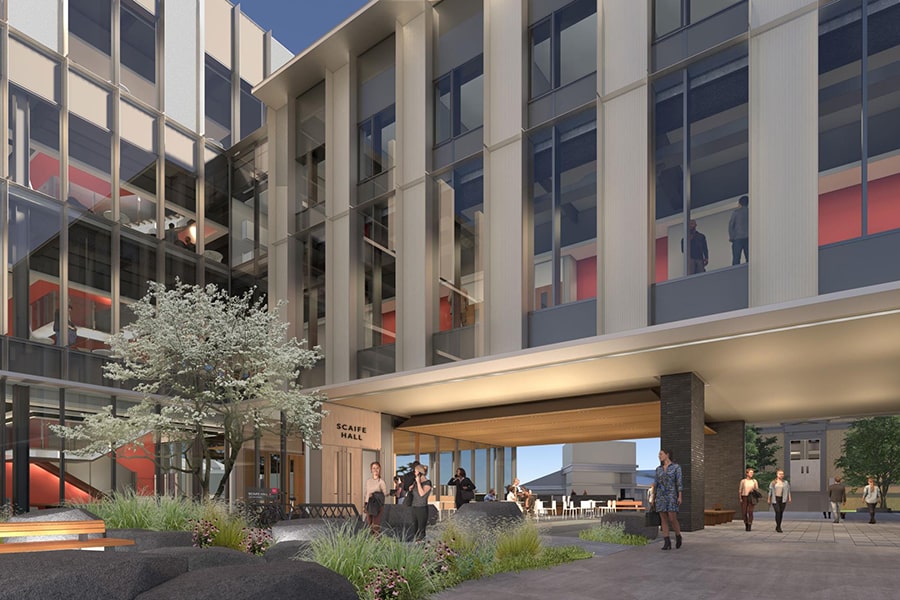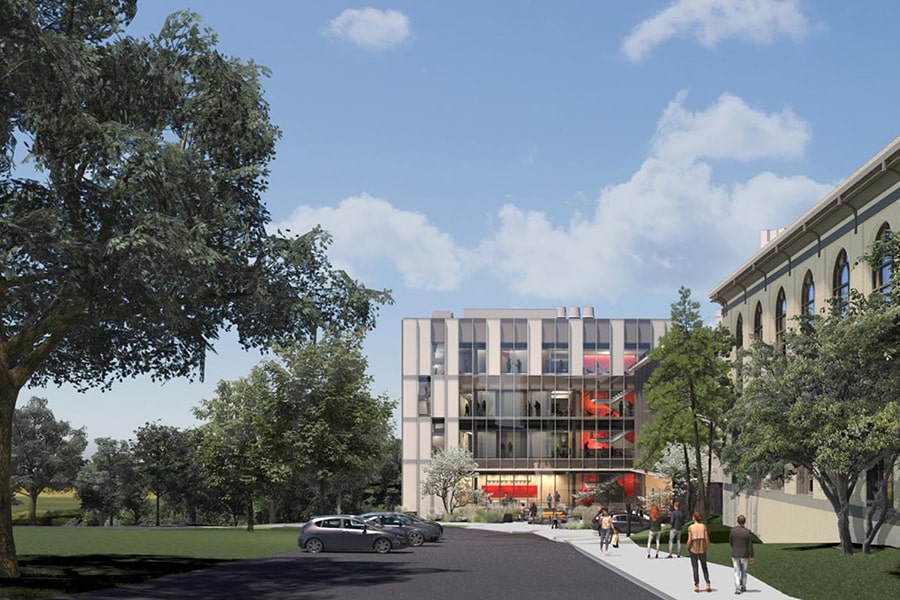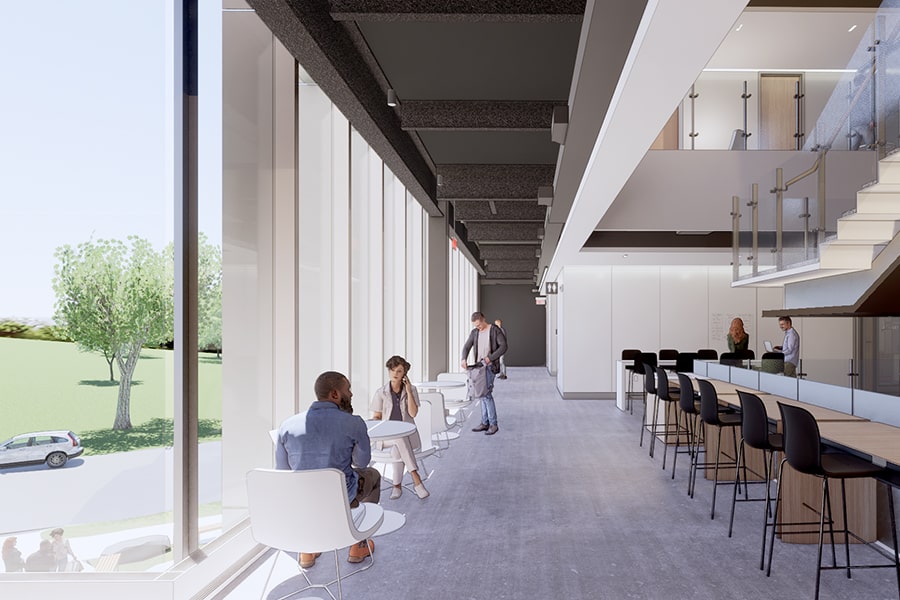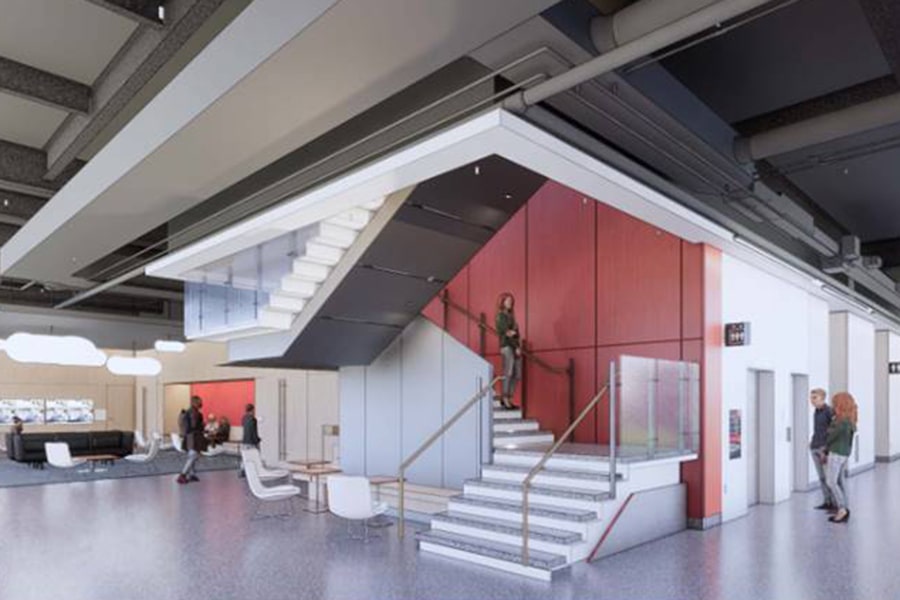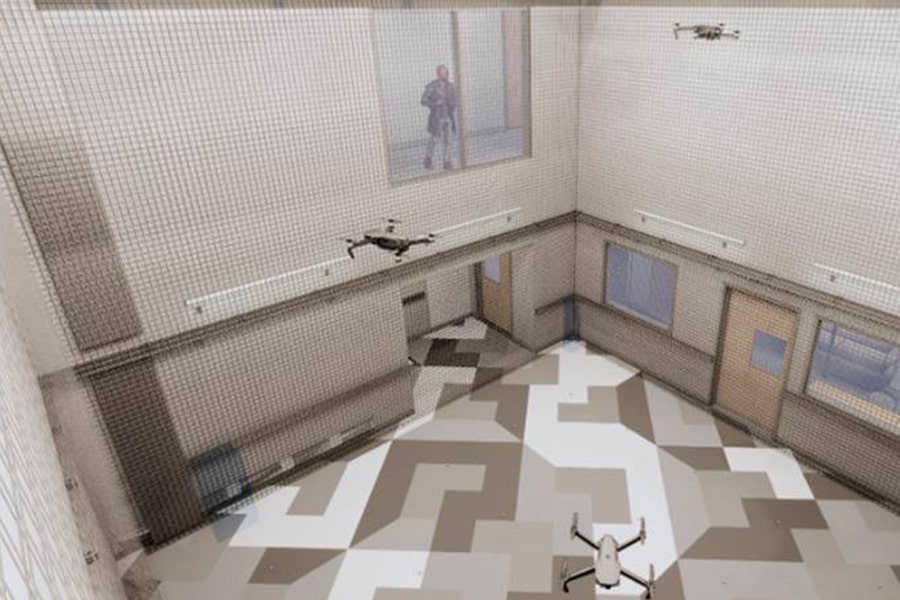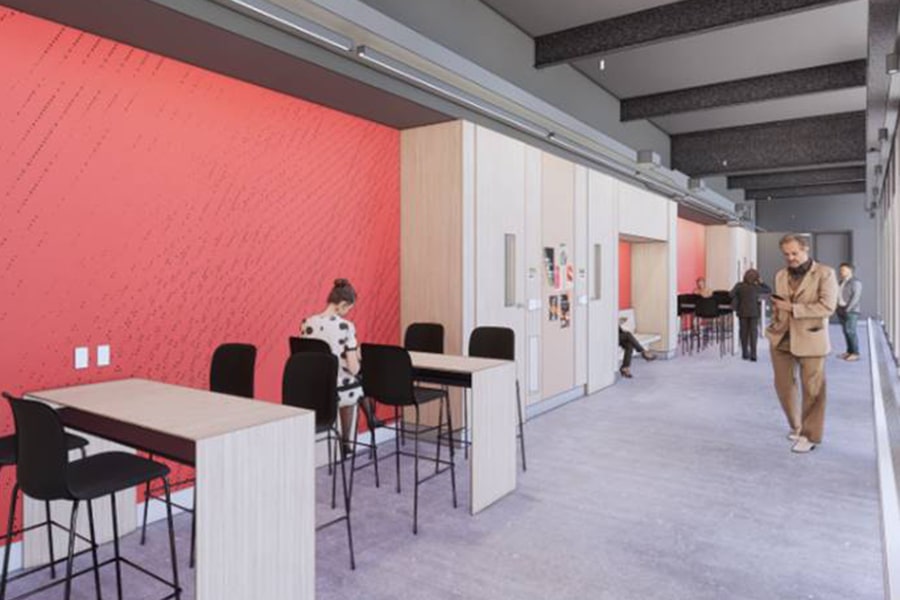Demolition to Pave Way for New Scaife Hall
New building will more than double size of original footprint
By Bruce Gerson
The potato chip is ready to crumble.
Known by many as the potato chip for its curved auditorium roof, Scaife Hall will be taken down to make room for a new home for the Mechanical Engineering Department. The project, supported by a $30 million lead grant from the Allegheny Foundation, is part of a multi-phased initiative to enhance education and research facilities in the College of Engineering.
Demolition of Scaife Hall is set to begin Oct. 26 and will be completed by the end of December. Construction of the new Scaife Hall will get underway in January 2021 and should be fully operational for the start of the 2023 fall semester. Built in 1962, Scaife Hall was named for Alan Magee Scaife, a longtime benefactor of Carnegie Mellon and the father of Richard M. Scaife, who founded the Allegheny Foundation in 1953. A gift from the Sarah Mellon Scaife Foundation in honor of Alan Scaife supported the original building.
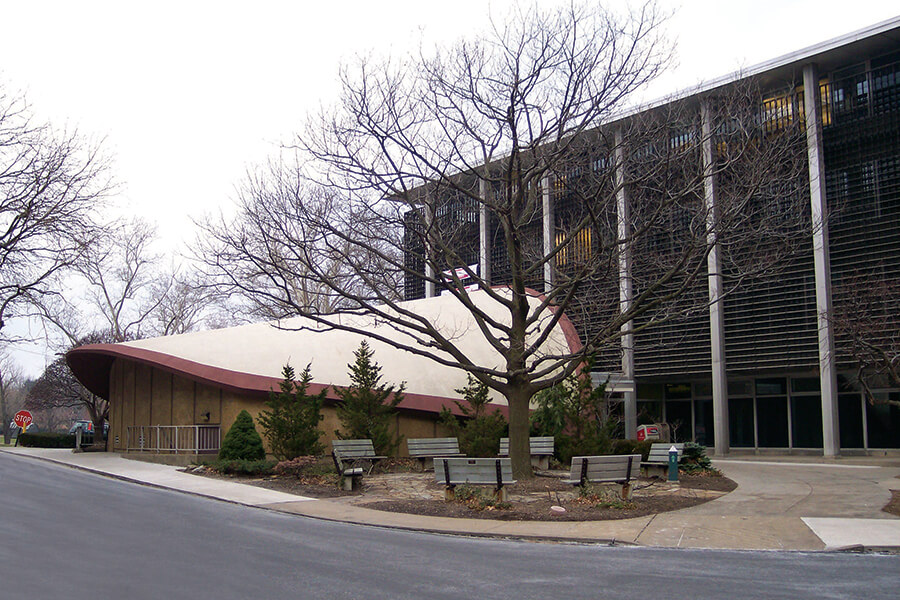 The original Scaife Hall, built in 1962, was known by many as the potato chip for its curved auditorium roof.
The original Scaife Hall, built in 1962, was known by many as the potato chip for its curved auditorium roof.
Demolition and construction will cause pedestrian and traffic restrictions. Hamerschlag Drive will be closed to vehicles and pedestrians, and signage will alert pedestrians to sidewalk detours. Frew Street will remain open and will be used as a staging area for deliveries throughout the duration of the project. Once the new building is completed, Hamerschlag Drive will open to pedestrians, but remain closed to non-emergency vehicles.
With more than 85,000 square feet, the new Scaife Hall will more than double the size of the original structure. Designed by KieranTimberlake, the building will feature a four-story south wing, a three-story north wing and two levels of labs below the footprint.
The contemporary structure will include many programmatic elements, such as an exterior engineering maker quad and courtyard, a large learning hall and commons area adjacent to the café, flexible classrooms, technology enriched labs, and space for Advanced Collaboration® and partnerships.
“The way we conduct research has changed significantly since the ‘60s, back when the original Scaife Hall was built. Today we need infrastructure with open spaces to support interdisciplinary teams,” said College of Engineering Dean William Sanders. “For example, with biorobotics you need experts in mechanical engineering, computer science, tissue culturing, and 3D printing working together in the same place, and the new building will allow this. This is what we mean by Advanced Collaboration.”
“Today we need infrastructure with open spaces to support interdisciplinary teams . . . and the new building will allow this. This is what we mean by advanced collaboration.” — William Sanders
Allen Robinson, the David and Susan Coulter Head of the Department of Mechanical Engineering, said the new Scaife Hall’s design will help to transform engineering research and education.
“The unique design of the building will accelerate multidisciplinary collaboration, encourage the development of novel areas of research, and create a stronger sense of community for our students,” said Robinson, the Raymond J. Lane Distinguished University Professor in Engineering and Public Policy and Mechanical Engineering.
Each floor will have grand views looking toward Flagstaff Hill and Frew Street, and a Juliet balcony off the engineering maker quad will look out over Junction Hollow.
Although primarily housing education and research space for Mechanical Engineering, the building will include flexible university classrooms and a large learning hall for use by students from across campus.
The new Scaife Hall project brings Carnegie Mellon’s total infrastructure investment in engineering over the past decade to more than a quarter billion dollars. In addition to Hamerschlag Hall enhancements and the recently completed ANSYS Hall, the university completed the Sherman and Joyce Bowie Scott Hall, home to the Department of Biomedical Engineering. It also renovated Porter Hall for the departments of Electrical and Computer Engineering and Civil and Environmental Engineering; Doherty Hall, which houses the Department of Chemical Engineering; and the Roger Sorrells Engineering and Science Library.
